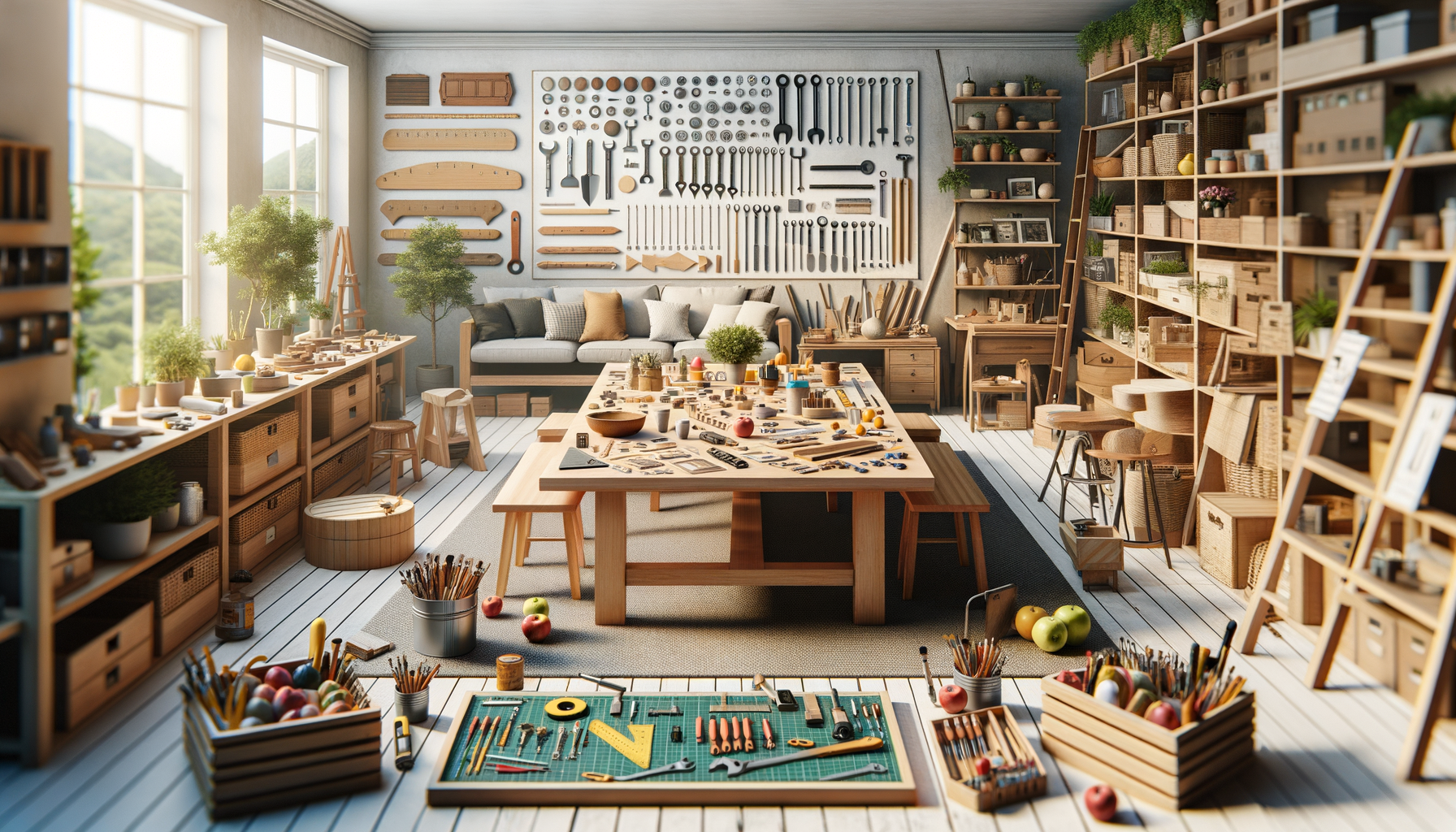Understanding Your Space
When embarking on the journey of home improvement, selecting the right table is a pivotal decision that can transform the ambiance of your living space. The first step is to understand the dimensions and layout of the room where the table will reside. Measure the space accurately, considering not just the table’s footprint but also the surrounding area needed for movement and seating. The table should complement the room’s size; a large table in a small room can make the space feel cramped, while a small table in a large room might look out of place.
Consider the table’s purpose. Is it intended for dining, working, or as an accent piece? Each function demands different features. For instance, a dining table requires ample surface area and sturdy construction, while a coffee table might prioritize style and compactness. Understanding these needs will guide you in choosing a table that not only fits physically but also functionally within your home.
Material Matters
The material of a table plays a crucial role in its durability, maintenance, and aesthetic appeal. Wood is a classic choice, offering warmth and timeless beauty. It comes in various types such as oak, walnut, and cherry, each with distinct characteristics and price points. Wood tables are renowned for their strength and longevity, making them a worthwhile investment.
Glass tables, on the other hand, provide a modern and sleek look, often making a small space appear larger due to their transparency. However, they require regular cleaning to maintain their pristine appearance. Metal tables, typically made from steel or aluminum, offer a contemporary industrial vibe and are often more affordable and durable. Each material has its pros and cons, and the choice depends on personal preference, budget, and the overall style of your home.
Design and Style
The design of a table can significantly impact the overall aesthetic of your space. From traditional to contemporary, tables come in various styles that can either blend seamlessly with your existing decor or stand out as a statement piece. Consider the shape of the table: round tables encourage conversation and are ideal for smaller spaces, while rectangular tables offer more surface area and are suitable for larger gatherings.
Additionally, the table’s design should harmonize with other furniture pieces in the room. Look for design elements such as leg style, edge detailing, and color that complement your existing decor. Mixing and matching styles can create a unique and personalized look, but maintaining a cohesive theme is key to a well-designed space.
Functionality and Features
Beyond aesthetics, the functionality of a table is paramount. Consider features such as extendable leaves for dining tables, which offer flexibility for accommodating extra guests. Storage options like drawers or shelves can add practicality to coffee tables or side tables, providing space for magazines, remotes, or other essentials.
Adjustable-height tables are versatile options that can serve multiple purposes, from dining to working. These features enhance the usability of the table, making it a more integral part of your daily life. Evaluate your lifestyle needs and select a table that offers the necessary features to enhance your home experience.
Budget Considerations
Finally, budget is a critical factor in any home improvement project. Tables are available at a wide range of price points, from affordable options to high-end designer pieces. It’s essential to set a realistic budget that balances quality and affordability. Consider the long-term value of the table; investing in a durable, high-quality piece may save money in the long run compared to replacing cheaper, less durable options.
When budgeting, don’t forget to factor in additional costs such as delivery, assembly, or maintenance products. By planning financially, you can choose a table that not only meets your functional and aesthetic needs but also aligns with your financial situation.



Leave a Reply